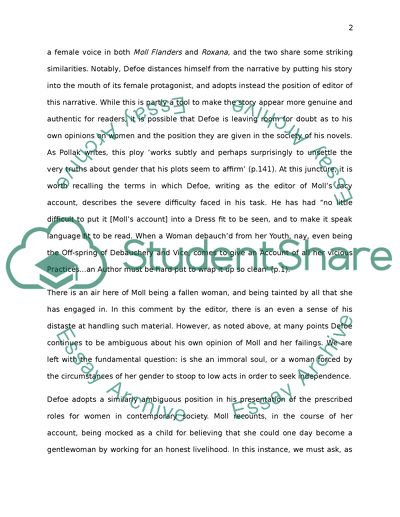Cite this document
(“Assess the representation of women in eighteenth-century literature Essay”, n.d.)
Retrieved from https://studentshare.org/environmental-studies/1405943-assess-the-representation-of-women-in-eighteenth
Retrieved from https://studentshare.org/environmental-studies/1405943-assess-the-representation-of-women-in-eighteenth
(Assess the Representation of Women in Eighteenth-Century Literature Essay)
https://studentshare.org/environmental-studies/1405943-assess-the-representation-of-women-in-eighteenth.
https://studentshare.org/environmental-studies/1405943-assess-the-representation-of-women-in-eighteenth.
“Assess the Representation of Women in Eighteenth-Century Literature Essay”, n.d. https://studentshare.org/environmental-studies/1405943-assess-the-representation-of-women-in-eighteenth.


